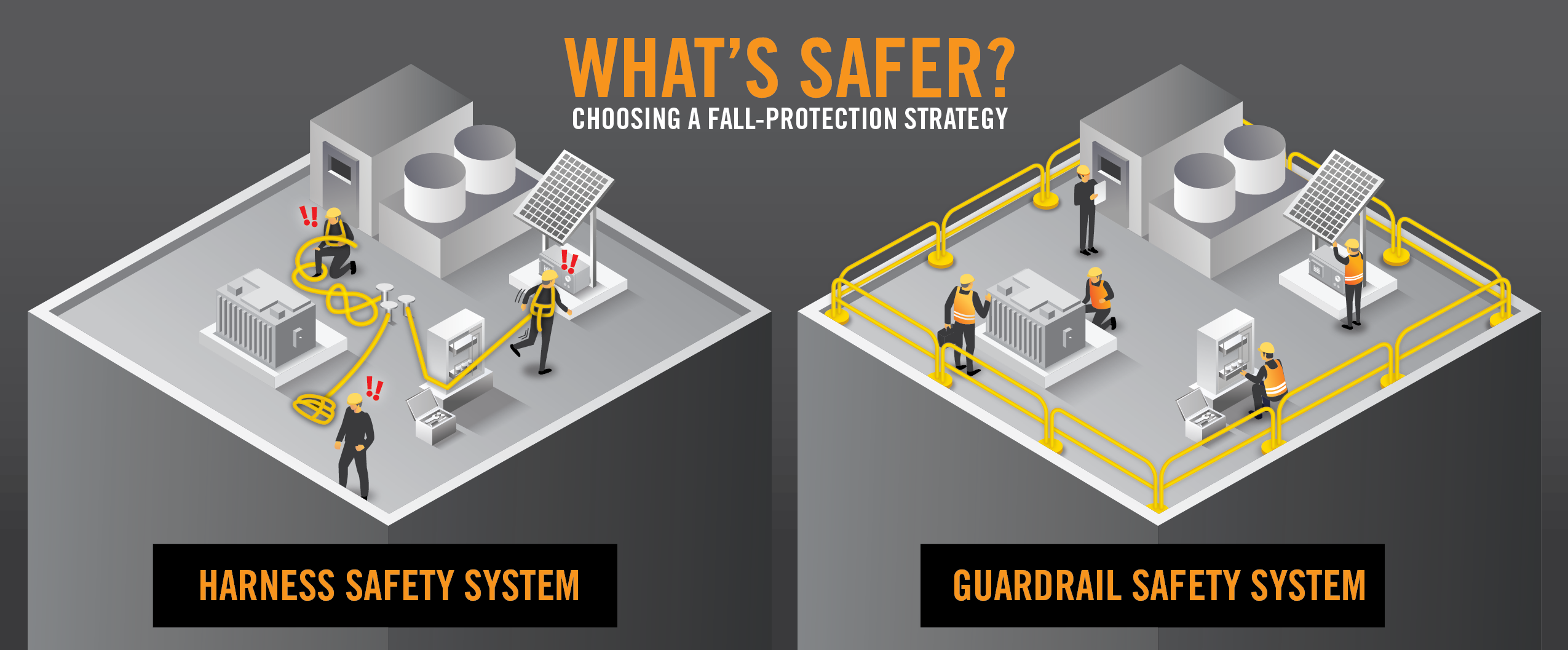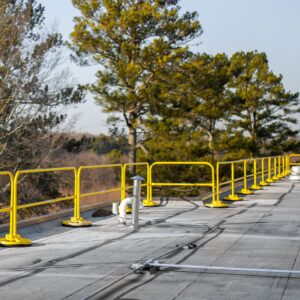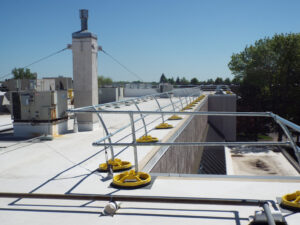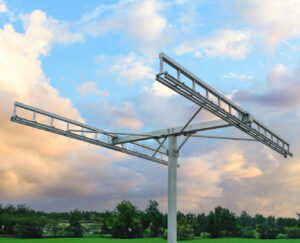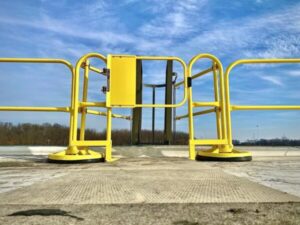3 Worker Advantages of a Guardrail Safety Solution
Harnesses or guardrails — which fall-protection strategy is safer and more productive?
While harnesses may seem simpler and cheaper, guardrails offer significant organizational and safety benefits, such as minimal inspections and maintenance, no rescue plan requirements, and lower ongoing costs. Guardrails also provide simplicity and safety for workers, allowing them to perform their duties without interaction with the system.
Guardrails Require No User Adoption
Guardrails need no adoption by personnel, ensuring safety and compliance without any action required by the employee.
Increased Efficiency and Productivity
Guardrails do not restrict workers’ mobility like harness lifelines do, which increases efficiency and productivity.
Guardrails Provide Universal Protection
Guardrails offer protection to everyone on the roof, unlike harness systems that have capacity limits.
Guardrails are a simpler, safer, and more effective long-term solution for rooftop safety. Fall protection is critical, and proactive measures can prevent violations and ensure a safe workplace.
Find out more about the benefits of guardrails and get help building a safety system from SRC here.
